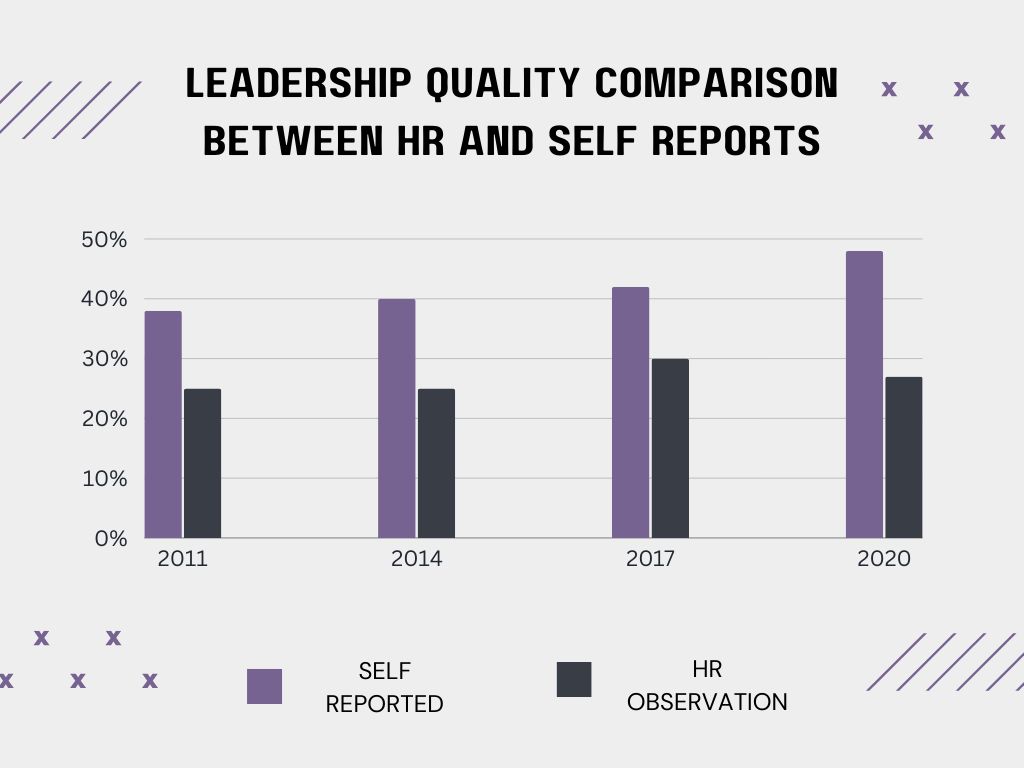Building a strong team is crucial for any organization looking to succeed in today’s highly competitive business landscape. Companies with highly engaged employees are twice as likely to surpass performance targets and generate greater revenue. As a manager, you play a pivotal role in bringing together a group of individuals and transforming them into a cohesive, high-performing unit. This article provides actionable tips to help managers build highly effective teams.
The Role of a Strong Team
A strong team acts as a catalyst for business success through enhanced productivity, innovation, and execution of organizational strategy. Team members leverage their individual strengths, align towards common OKR goals, and hold each other accountable. Acquiring the necessary skills through acuity training programs becomes imperative for enhancing the effectiveness of a strong team. The synergistic efforts of soft skills translate into tangible results in key performance metrics. Managing a strong team requires the proper knowledge to leverage each individual’s strengths.
Shared Vision and Improved Outcomes
Team members collaborating with a shared vision make smarter decisions leading to improved outcomes. Groups working together with a common goal made half as many factual mistakes compared to individuals working alone. Unified teams also demonstrate higher engagement levels crucial for business growth.
Effective Execution
Cross-functional teams comprising members from diverse backgrounds combine well-rounded skill sets to plan and execute projects seamlessly. Fluid collaboration premised on trust and respect ensures efficient delivery across departments. Structured workflows coupled with individual accountability further bolster execution capabilities.
Actionable Tips for Managers
As a manager aspiring to build a winning team, focus on the following areas:
1. Establish Clear Expectations
Eliminate ambiguity by setting well-defined objectives, key results, responsibilities, timeframes, and review mechanisms from the start. Ensure every member thoroughly understands role expectations and dependencies to trigger ownership mindsets geared toward collective outputs. Studies demonstrate over 30% higher individual productivity through familiarity bred by clarity.
2. Encourage Open Communication
Promote the free exchange of thoughts and ideas without fear of judgment. Facilitate healthy debates around challenges to foster innovation. Maintain an open-door policy for members to voice concerns freely. Over 85% of high-performing teams feature open and authentic conversations between members and managers.
3. Invest in People Development
Provide access to training programs, project assignments, job rotations, mentorships, and other growth avenues for members to elevate their skills. Continual capability enhancements safeguard against competency obsolescence. Most employees rank learning and development among their highest priorities while evaluating jobs.
4. Implement Structured Rewards
Recognize member contributions publicly and reinforce positive behaviors through formal reward and incentive structures. Customized programs aligned with organizational values boost motivation, translating directly into higher discretionary efforts. Teams witness greater instances of voluntary support behaviors in cultures with incentives focused on collective achievement.
5. Role Model Shared Values
When managers role model integrity, courage, respect, dedication, and other cherished values, teams intuitively emulate similar conduct. Consistency between words and actions builds credibility cementing a manager’s stature. Over 70% of team members acknowledge significant positive influence from observing managers personifying organizational values daily.
6. Promote Social Bonding
Taking into consideration unique member dispositions and interests, create opportunities for casual social interactions through team lunches, sports competitions, community service projects, virtual gatherings, and more. Non-work-related connections organically strengthen over shared interests, allowing relationships to deepen beyond formal interactions. Team members with strong social ties demonstrate a willingness to go the extra mile when required.
Critical Importance of Leadership

While managers focus on operational excellence, organizational leaders inspire by connecting everyday work to a higher purpose. They communicate powerful visions which when internalized by teams align efforts toward ambitious goals. By walking the talk on shared values, leaders consistently establish high-trust cultures necessary for teams to thrive.
7. Communicate Inspiring Vision
Transform members into evangelists for organizational vision through simplicity, specificity, brevity, and repetition in messaging. Conviction springs from clarity of thought and expression around the ‘why’ behind everyday tasks. Teams armed with purpose display over 60% greater perseverance during challenges and setbacks.
8. Build High-Trust Culture
Model values like integrity, transparency, and compassion through daily decisions and actions. Leader commitment to shared ideals permeates through the entire group spawning culture emulation. High trust compounds team effectiveness, with research showing over 70% higher idea-sharing behavior and 55% greater team member commitment in such environments.
9. Coach Team Members
Emulate successful sports teams and dedicate resources toward managerial coaching driving skill development in team members. Tactful feedback presented regularly steers capability enhancement and role fulfillment excellence. Studies demonstrate over 60% improvement in year-on-year team member performance when managers invest in continual coaching.
10. Solve Problems Together
Institutionalize practices requiring collaborative participation across functions to solve multifaceted business challenges. Different insights brought together by team members with diverse specializations aid the construction of creative solutions. Teams produce over 50% superior results compared to individual decisions when tackling complex issues.
Team Building in Action
Consider the following example highlighting effective team-building practices:
| Before Team Building | After Team Building |
| Individual mindsets | Shared vision |
| Functional silos | Cross-collaboration |
| Loosely defined roles | Assigned responsibilities |
| Disengaged Workforce | High ownership levels |
| Uncertain workflows | Established SOPs |
Table 1. Transformation through team building
The comparative analysis above demonstrates the remarkable transformation possible through a well-orchestrated team-building exercise across various aspects like mindsets, structures, role clarity, motivation levels, standard operating procedures, and more.
While exact improvements achieved may vary, every organization stands to benefit enormously from having empowered teams aligned to a common purpose. By implementing the tips highlighted in this article, managers can play a pivotal role in unlocking their group’s true potential.
Before concluding, let us look at some frequently asked questions about building strong teams:
Frequently Asked Questions (FAQs)
What are the hallmarks of a strong team?
A strong team demonstrates competence, commitment, connections, coordination, cohesion, character, and culture.
How can I evaluate the effectiveness of my team-building efforts?
Key performance indicators such as customer satisfaction scores, product defect rates, output quantity, costs, timeliness, and employee retention rates allow managers to track team-building successes quantitatively. Qualitative surveys also provide valuable perceptional insights.
What team-building approaches are most impactful?
While all efforts toward team building help, activities directly fulfilling organizational goals take precedence. Cross-functional projects promoting collaboration, leadership coaching, driving capability building, and values reinforcement improving trust offer the highest returns on investment.
Final Takeaway
Building strong teams makes the difference between good and great organizations. Implementing guidelines across expectation setting, open communication, member growth, recognition, trust building, and collaborative problem-solving allows managers to develop empowered teams delivering winning results. Leadership plays a pivotal role in inspiring an organizational vision. Sustained investments in the team-building efforts outlined here will compound over time to create an enduring competitive edge for any enterprise.





